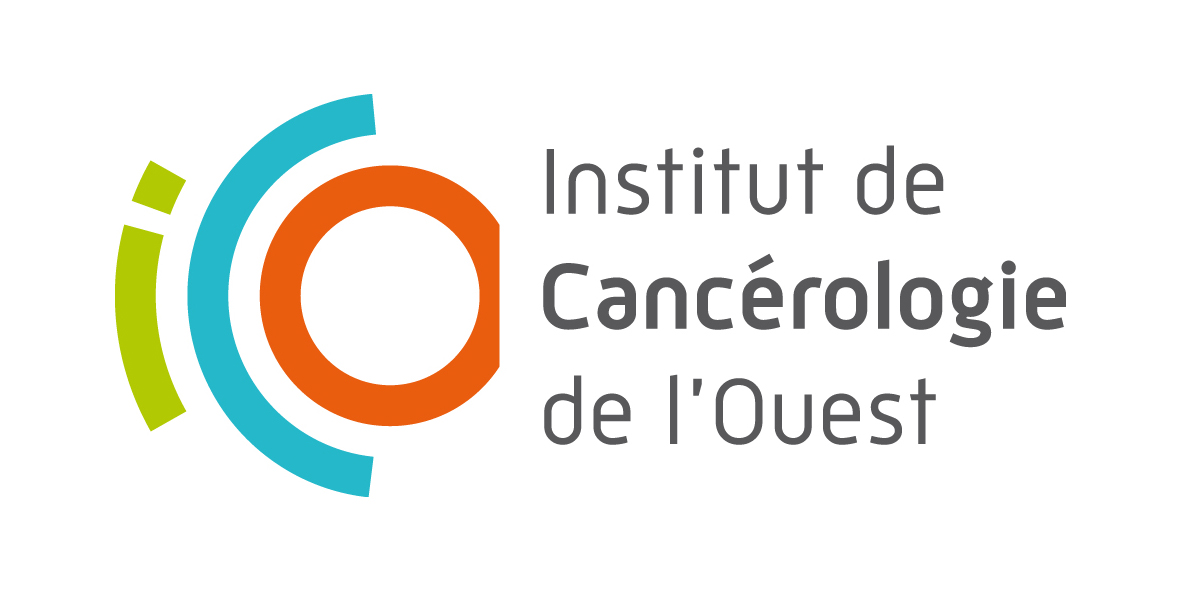Quality Assurance Considerations in Radiopharmaceutical Therapy Dosimetry Using PLANETDose: An International Atomic Energy Agency Study
Résumé
Implementation of radiopharmaceutical therapy dosimetry varies depending on the clinical application, dosimetry protocol, software, and ultimately the operator. Assessing clinical dosimetry accuracy and precision is therefore a challenging task. This work emphasizes some pitfalls encountered during a structured analysis, performed on a single-patient dataset consisting of SPECT/CT images by various participants using a standard protocol and clinically approved commercial software. Methods: The clinical dataset consisted of the dosimetric study of a patient administered with [177Lu]Lu-DOTATATE at Tygerberg Hospital, South Africa, as a part of International Atomic Energy Agency-coordinated research project E23005. SPECT/CT images were acquired at 5 time points postinjection. Patient and calibration images were reconstructed on a workstation, and a calibration factor of 122.6 Bq/count was derived independently and provided to the participants. A standard dosimetric protocol was defined, and PLANETDose (version 3.1.1) software was installed at 9 centers to perform the dosimetry of 3 treatment cycles. The protocol included rigid image registration, segmentation (semimanual for organs, activity threshold for tumors), and dose voxel kernel convolution of activity followed by absorbed dose (AD) rate integration to obtain the ADs. Iterations of the protocol were performed by participants individually and within collective training, the results of which were analyzed for dosimetric variability, as well as for quality assurance and error analysis. Intermediary checkpoints were developed to understand possible sources of variation and to differentiate user error from legitimate user variability. Results: Initial dosimetric results for organs (liver and kidneys) and lesions showed considerable interoperator variability. Not only was the generation of intermediate checkpoints such as total counts, volumes, and activity required, but also activity-to-count ratio, activity concentration, and AD rate-to-activity concentration ratio to determine the source of variability. Conclusion: When the same patient dataset was analyzed using the same dosimetry procedure and software, significant disparities were observed in the results despite multiple sessions of training and feedback. Variations due to human error could be minimized or avoided by performing intensive training sessions, establishing intermediate checkpoints, conducting sanity checks, and cross-validating results across physicists or with standardized datasets. This finding promotes the development of quality assurance in clinical dosimetry.
| Origine | Fichiers éditeurs autorisés sur une archive ouverte |
|---|---|
| licence |


